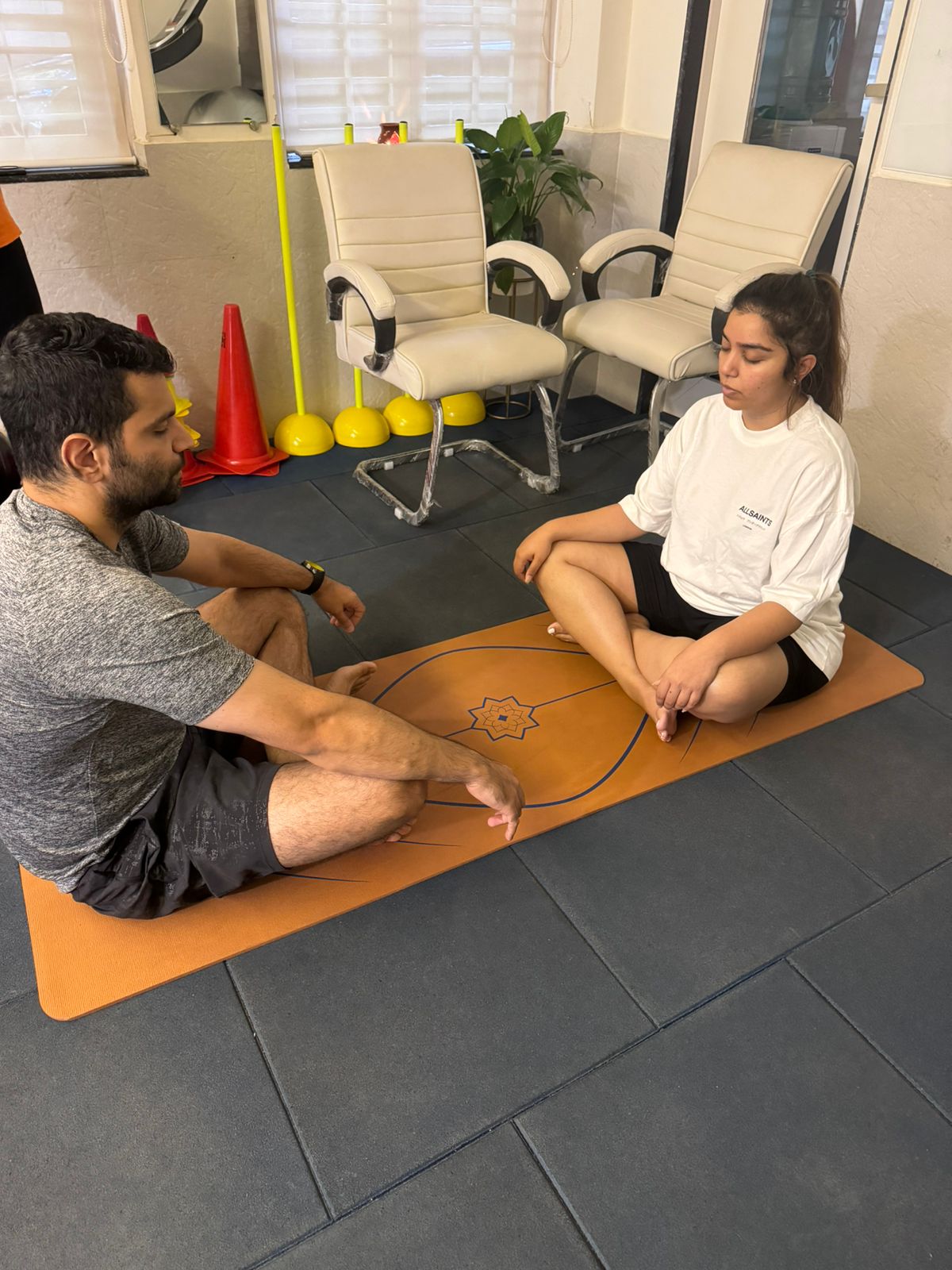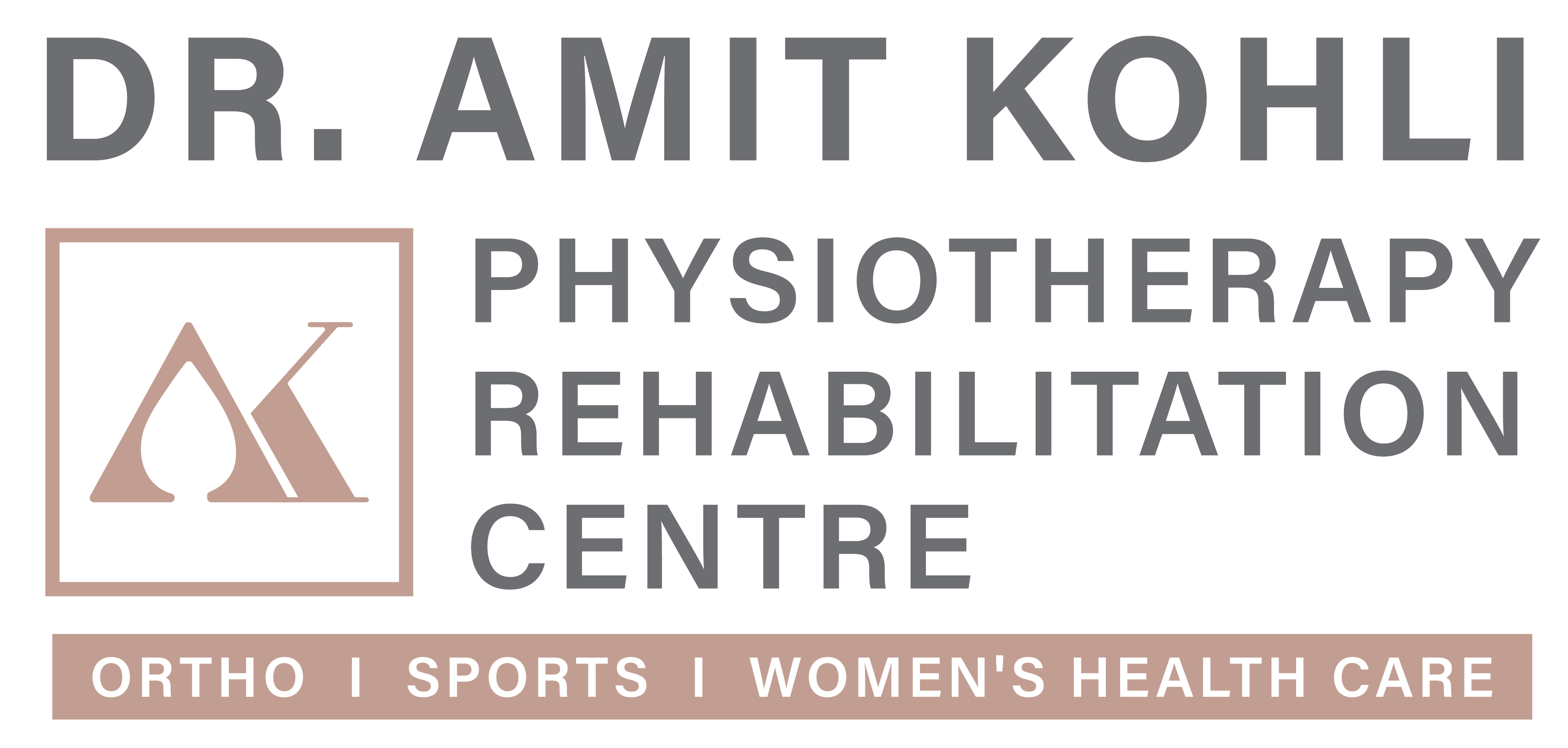

Kinesio Taping & Therapeutic Taping
Kinesio Taping is focused on physical support and pain relief through elastic tape applied to muscles and joints.
Therapeutic Tapping (EFT) addresses emotional and physical issues by tapping on acupressure points while focusing on specific problems or thoughts.
Both techniques offer distinct benefits and may be used in different contexts depending on whether the focus is more on physical support or emotional relief.
- Reducing Swelling and Inflammation
- Improve Blood and fluids Circulation
- Stimulate Bruise and Contusion Recovery
- Prevent and Relieve Muscle Spasms and Cramping
- Accelerate Muscle Recovery
- Support Injured Muscle
Technique
- Uses elastic Kinesio tape applied to specific muscles and joints.
Aims to support - muscles and joints while allowing full range of motion.
Purpose
- To enhance movement, alleviate pain, and reduce swelling.
- Facilitates the body’s natural healing processes.
Benefits
Pain Relief: Reduces muscle and joint pain.
Muscle Support: Provides support without restricting movement.
Improved Function: Enhances ability to perform physical activities.
Reduced Swelling: Helps in reducing inflammation and improving circulation.
Therapeutic Tapping (Emotional Freedom Techniques - EFT)
Technique
- Involves tapping on specific acupressure points on the body.
- Combines elements of cognitive therapy with acupressure.
Purpose
- To reduce stress, anxiety, and emotional distress.
- Addresses both emotional and physical issues by balancing the body’s energy system.
Benefits
Emotional Relief: Helps reduce stress, anxiety, and emotional pain.
Pain Reduction: May alleviate physical pain related to emotional issues.
Enhanced Well-Being: Improves overall mental and emotional health.
Self-Improvement: Aids in personal development and overcoming phobias.

DRY NEEDLING
Dry needling is a therapeutic technique used to treat muscle pain and improve function. Here’s a breakdown:
What is Dry Needling?
⦁ Technique: It involves inserting thin, solid needles into specific points within muscles, known as trigger points, without injecting any substances.
⦁ Purpose: The goal is to release muscle tension, reduce pain, and improve movement.
⦁ Trigger Points: These are tight, sensitive areas within muscles that can cause pain or discomfort. Dry needling aims to alleviate these points.
⦁ How It Works: The needle insertion stimulates the muscle, which can help release tightness, increase blood flow, and promote healing.
Benefits
⦁ Improves Movement and oxygen circulation
⦁ Increases range of motion and flexibility
⦁ Deactivates trigger point
⦁ Restores Function
⦁ Promotes healthy blood flow
⦁ Ease Joints and Muscle Pain
Common Uses
⦁ Treatment of muscle pain, especially in conditions like myofascial pain syndrome
⦁ Addressing musculoskeletal issues and chronic pain
⦁ Differences from Acupuncture: While dry needling uses similar needles to acupuncture, the techniques and theories behind them are different. Dry needling is based on Western medicine principles focusing on muscle pain, whereas acupuncture is based on Traditional Chinese Medicine principles.
Common Uses
⦁ Treatment of muscle pain, especially in conditions like myofascial pain syndrome
⦁ Addressing musculoskeletal issues and chronic pain
⦁ Differences from Acupuncture: While dry needling uses similar needles to acupuncture, the techniques and theories behind them are different. Dry needling is based on Western medicine principles focusing on muscle pain, whereas acupuncture is based on Traditional Chinese Medicine principles.
Considerations
Safety
Generally considered safe when performed by a trained professional. However, as with any procedure, there can be risks like soreness or minor bleeding.
Benefits
It’s important to consult with a healthcare provider to determine if dry needling is appropriate for your condition.
MASSAGE THERAPIES
Types of Massage and Their Benefits During Physiotherapy
Swedish Massage
⦁ Technique: Uses long, gliding strokes, kneading, and circular movements.
⦁ Benefits: Improves circulation, reduces muscle tension, enhances relaxation, and promotes overall well-being.
Deep Tissue Massage
⦁ Technique: Focuses on deeper layers of muscle tissue using slow, deep strokes and firm pressure.
⦁ Benefits: Targets chronic muscle pain, releases tightness, and improves range of motion.
Trigger Point Therapy
⦁ Technique: Applies direct pressure to specific points (trigger points) in the muscle to relieve pain.
⦁ Benefits: Alleviates localized pain, reduces muscle knots, and improves muscle function.
Myofascial Release
⦁ Technique: Gentle, sustained pressure is applied to the fascia (connective tissue) to release tension.
⦁ Benefits: Reduces fascial restrictions, improves flexibility, and alleviates pain.
Sports Massage
⦁ Technique: Combines techniques such as deep tissue, stretching, and trigger point therapy tailored to athletic needs.
⦁ Benefits: Enhances performance, speeds up recovery, and prevents injuries.
Lymphatic Drainage Massage
⦁ Technique: Uses gentle, rhythmic strokes to stimulate lymphatic flow.
⦁ Benefits: Reduces swelling, promotes detoxification, and enhances recovery, especially useful post-surgery or injury.
Post-Surgical Massage
⦁ Technique: Gentle massage techniques are used to improve circulation and tissue healing.
⦁ Benefits: Reduces scar tissue formation, improves range of motion, and accelerates healing.
Prenatal Massage
⦁ Technique: Customized techniques to accommodate the changing body during pregnancy.
⦁ Benefits: Relieves pregnancy-related discomforts, improves circulation, and promotes relaxation.
Cupping Therapy
⦁ Technique: Involves placing suction cups on the skin to create negative pressure.
⦁ Benefits: Increases blood flow, reduces muscle tension, and enhances tissue recovery.
Benefits of Massage During Physiotherapy:
Safety
⦁ Pain Relief: Eases muscle soreness and reduces discomfort from injuries.
⦁ Improved Circulation: Enhances blood flow, aiding in healing and recovery.
⦁ Increased Flexibility: Helps in restoring range of motion and flexibility.
⦁ Stress Reduction: Promotes relaxation and reduces overall stress levels.
⦁ Enhanced Healing: Supports the body’s natural healing processes and accelerates recovery.
Integrating massage techniques with physiotherapy can significantly enhance treatment outcomes, providing a holistic approach to managing pain, improving function, and supporting overall health.
